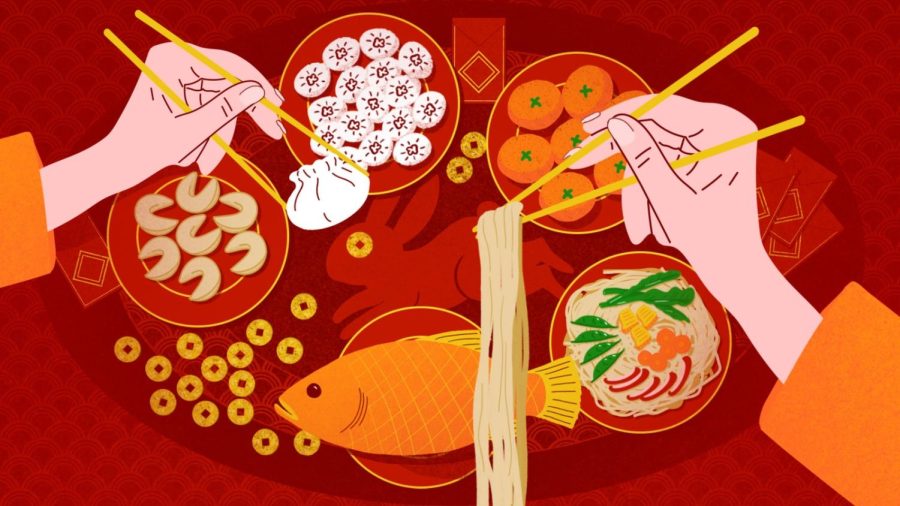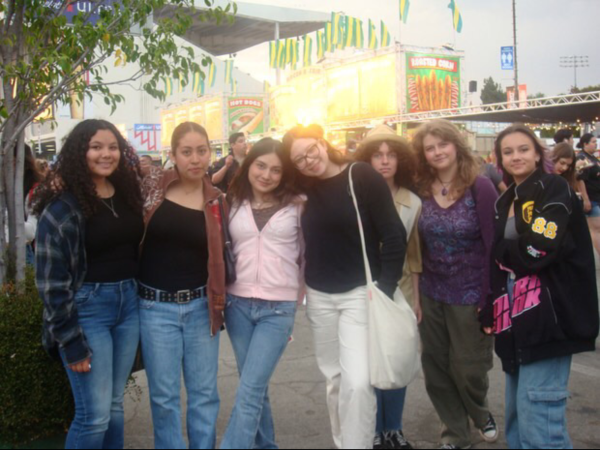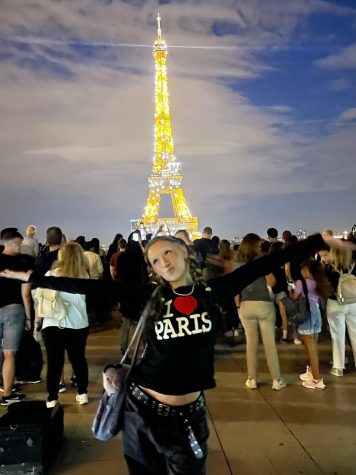Lunar New Year: A time of traditions, reunion, and delicious foods
While many people recognize January 1st as New Year’s Day, millions around the globe celebrate the new year according to the cycle of the moon. Lunar New Year, which falls on the second new moon since the winter solstice, is one of the most important celebrations in East and Southeast Asian culture. The holiday has also been brought to Western countries and is now celebrated in many communities in the U.S. and parts of Europe. This year, January 22, 2023 marks the beginning of the year of the rabbit, the fourth animal of the twelve Chinese zodiacs.
While the celebration of Lunar New Year originated in ancient China, traditions have spread and evolved throughout Asia over the past few centuries. Chinese, Vietnamese, and South Korean communities are among the numerous cultures that honor Lunar New Year, each having developed their own traditions.
Mandarin-speaking countries like China, Singapore, and Taiwan know this day as Chunjie, the Spring Festival. Lion dances are performed to bring fortune and prosperity, with varying styles in choreography and costumes specific to each region. Certain foods like fish and dumplings are eaten because they symbolize abundance and good fortune. Red envelopes with money are gifted to children and small presents are exchanged among families and friends.
The Vietnamese New Year is called Tết, short for Tết Nguyên Đán. People decorate their homes with yellow apricot blossoms, peach blossoms, and kumquat trees as these fruits symbolize fertility and abundance. Red envelopes with money are also gifted to children.
Seollal is the South Korean New Year, which is celebrated over the course of three days: the eve of, the day of, and the day after. Seollal tends to be a more serious holiday as Koreans don traditional clothes (the hanbok) and younger generations bow to their parents and grandparents. The charye ritual is an important part of Seollal, which is where an abundance of food is prepared and placed on a table to pay respect to their ancestors. Afterwards, the family enjoys the food blessed by their ancestors. Unlike China and Vietnam, money is given in white envelopes.
Although each culture has embraced Lunar New Year as its own, with unique sayings, superstitions, and foods, there are also many shared traditions. People sweep their houses thoroughly on the eve of, pay their respects to their ancestors, and visit the homes of their elders. Food, as with all cultures, connects everyone at the table, whether it is “longevity” noodles, Bahn Chung (Vietnamese sticky rice cake), or Tteokguk (Korean rice cake soup). Every sweet and savory dish holds symbolic meaning with their names or shapes relating to prosperity and good luck. Some cultures even post red posters with special words and phrases to bring fortune into their homes. Temple fairs and lantern festivals are held and fireworks are set off, lighting up the night sky with color and filling the crisp air with music and joy.
Even as old traditions fade away, younger generations continue to create new ones each and every year. Regardless of individual customs, one thing is for certain — Lunar New Year is a time of laughter and delicious food, being with loved ones and exchanging well wishes for another happy new year.
Hello there! Our goal is to provide relavent, engaging journalism for readers of all ages. Your donation will support the student journalists of the Wolfpacket at Claremont High School, and will allow us to purchase equipment, print our monthly issues, and enter in journalism competitions. We appreciate your consideration!

Enya Wang is a junior at CHS and this is her second year on the Wolfpacket staff. She joined as a Reporter in freshman year with a passion for writing,...







